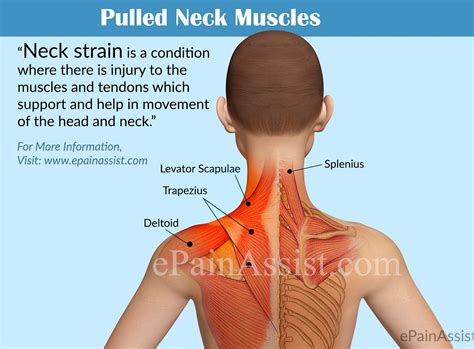How Long Does It Take a Pulled Muscle to Heal? A Comprehensive Guide
Pulled muscles, also known as muscle strains, are a common injury affecting people of all ages and activity levels. The healing time, however, varies greatly depending on several factors. This comprehensive guide will explore the healing process, influencing factors, and what you can do to speed up recovery.
Understanding Muscle Strains
A pulled muscle occurs when muscle fibers are stretched or torn. The severity ranges from mild (Grade 1) to severe (Grade 3), impacting the healing timeline significantly.
Severity Grades and Healing Times:
-
Grade 1 (Mild): Some muscle fibers are stretched or slightly torn. Healing typically takes 1 to 3 weeks. You might experience mild pain and tenderness.
-
Grade 2 (Moderate): More muscle fibers are torn, causing more significant pain, swelling, and bruising. Recovery usually takes 3 to 6 weeks.
-
Grade 3 (Severe): The muscle is completely torn, resulting in intense pain, significant swelling, and potential loss of function. Healing can take 6 weeks or more, and may require surgery in some cases.
Factors Affecting Healing Time
Several factors influence how long it takes for a pulled muscle to heal:
-
Severity of the Strain: As discussed above, the grade of the strain is the most significant factor.
-
Age: Older individuals tend to heal slower than younger individuals.
-
Overall Health: Underlying health conditions, such as diabetes or poor circulation, can impair the healing process.
-
Proper Treatment: Following a proper treatment plan, including rest, ice, compression, and elevation (RICE), significantly impacts recovery time.
-
Individual Variation: Everyone heals differently, and genetic factors play a role.
What to Expect During the Healing Process
The healing process involves several stages:
-
Inflammation (Days 1-3): This initial phase is characterized by pain, swelling, and inflammation. RICE therapy is crucial during this stage.
-
Repair (Days 3-21): The body begins to repair the damaged muscle fibers. Gentle movement and stretching might be introduced under professional guidance.
-
Remodeling (Weeks 3-6+): Scar tissue forms, and the muscle regains its strength and function. This phase often requires physical therapy to regain full range of motion and strength.
Speeding Up Recovery: Practical Tips
While the healing timeline is largely determined by the severity of the injury, several strategies can help accelerate recovery:
-
RICE Therapy: Rest the injured muscle, apply Ice to reduce swelling, use Compression to minimize inflammation, and keep the limb Elevated.
-
Over-the-counter Pain Relief: Medications like ibuprofen or naproxen can help manage pain and inflammation.
-
Physical Therapy: A physical therapist can create a tailored exercise program to improve range of motion, strength, and flexibility.
-
Healthy Diet: A balanced diet rich in protein is crucial for muscle repair.
-
Avoid Alcohol and Smoking: These substances can hinder the healing process.
When to See a Doctor
Consult a doctor or physical therapist if:
- You experience severe pain.
- You have significant swelling or bruising.
- You cannot put weight on the affected limb.
- Your pain persists for more than a few weeks.
Conclusion
The healing time for a pulled muscle is variable, depending on numerous factors. While some mild strains heal within a few weeks, severe strains can require several months of rehabilitation. Following a proper treatment plan, including RICE therapy and physical therapy, can significantly improve healing time and prevent future injuries. Remember to always consult a healthcare professional if you have concerns about your injury.
